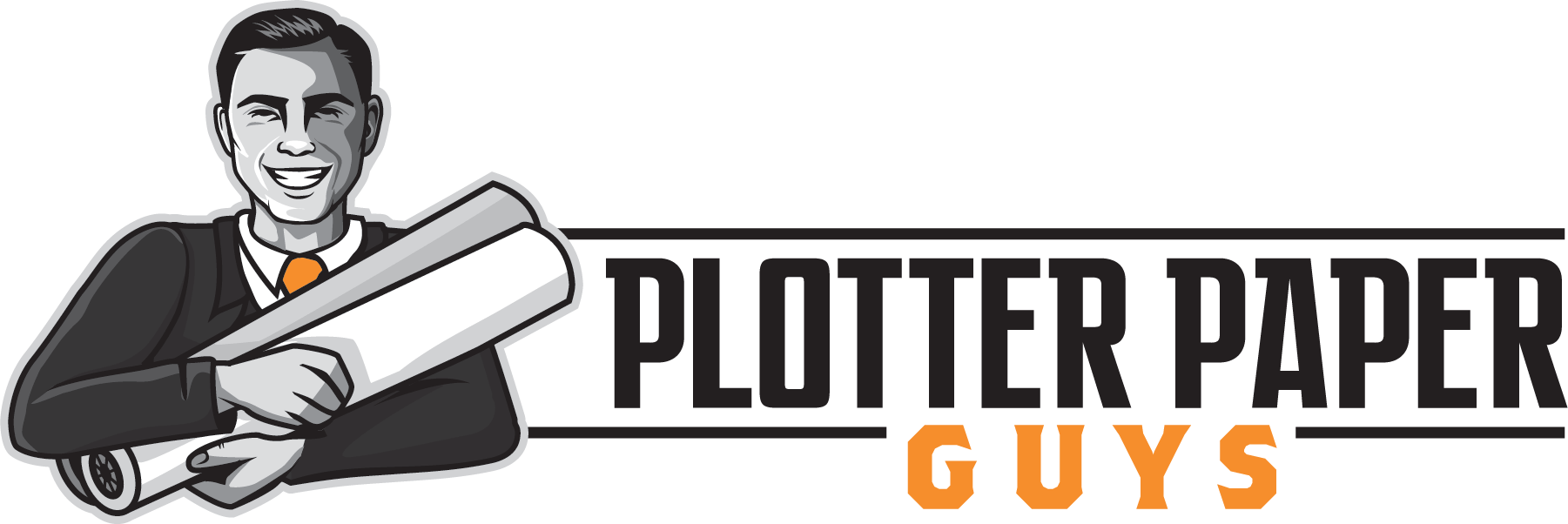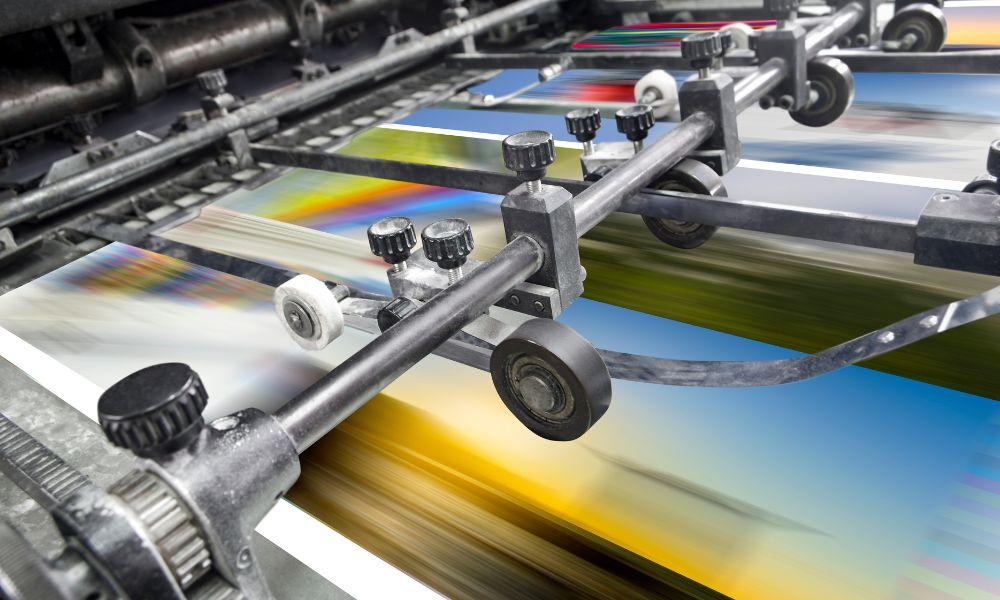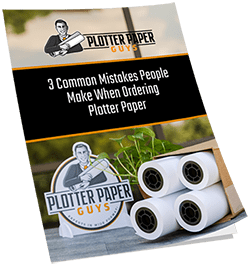Paper choice is a major consideration for any print project, but it’s especially important with double-sided printing. You need paper of sufficient weight to handle printing on each side without sacrificing readability and legibility. The unit of measure for paper weight is grams per square meter (GSM), referring to how much the paper weighs for each meter. The greater the GSM for a particular kind of paper, the heavier the stock and higher the quality. With that in mind, a high GSM means the paper will nicely accommodate double-sided print jobs. So what’s the best weight of plotter paper for double-sided printing?
Weights and Measures
A good rule of thumb for print weight and double-sided printing is that any paper weight above 24 lbs. is ideal. Lighter papers under that, such as 20 lb. paper stock, are perfectly fine for most single-side print jobs. Fliers, documents, and other printouts that don’t require images or verbiage on both sides will reproduce well. However, for double-sided jobs that demand a professional look and no interference from print on either side, 28 lb. bond paper stock or higher is the right choice. Depending on the job, you may want to find a happy medium that offers opacity without sacrificing other features or causing issues.
Folding and Creasing
For example, a heavier paper stock can lend heft to a document but might not accommodate folding and creasing so well. A resume or brochure printed on extra-heavy stock may look and feel impressive in a potential employer’s or customer’s hands, but it’s not easy to fold and insert into an envelope. The creases can also interfere with and even degrade the printed parts of the document. Using a stock that’s between 24 and 90 lbs. ensures no bleed-through while allowing for the document’s easy folding with no loss of quality.
In a Jam?
Another thing to consider about paper weight is that not all printers can accommodate all paper weights. Lighter weights run the risk of jams and crumpling inside some printers. Heavier weights may not feed correctly and become stuck during the printing process. Heavier paper tends to use up ink and can take much longer to dry. You also run into the issue of smudging and other unsightly problems. Even if you find the perfect paper, make sure your printer can handle it. Otherwise, you’ll face the prospect of wasted supplies and potentially costly repairs.
Pursuing Perfection
When you do find the right combination of printer and paper, take your time to do the job right. If the printer prints on both sides of a page without removing the paper, all the better. If you need to manually handle that part, allow the first side to dry before flipping it over and reinserting it. As for the bigger question about the best weight of plotter paper for double-sided printing, the answer is that it depends. But if you keep it above 28 lbs., your work should look terrific.




